Some of the key protagonists of this story…
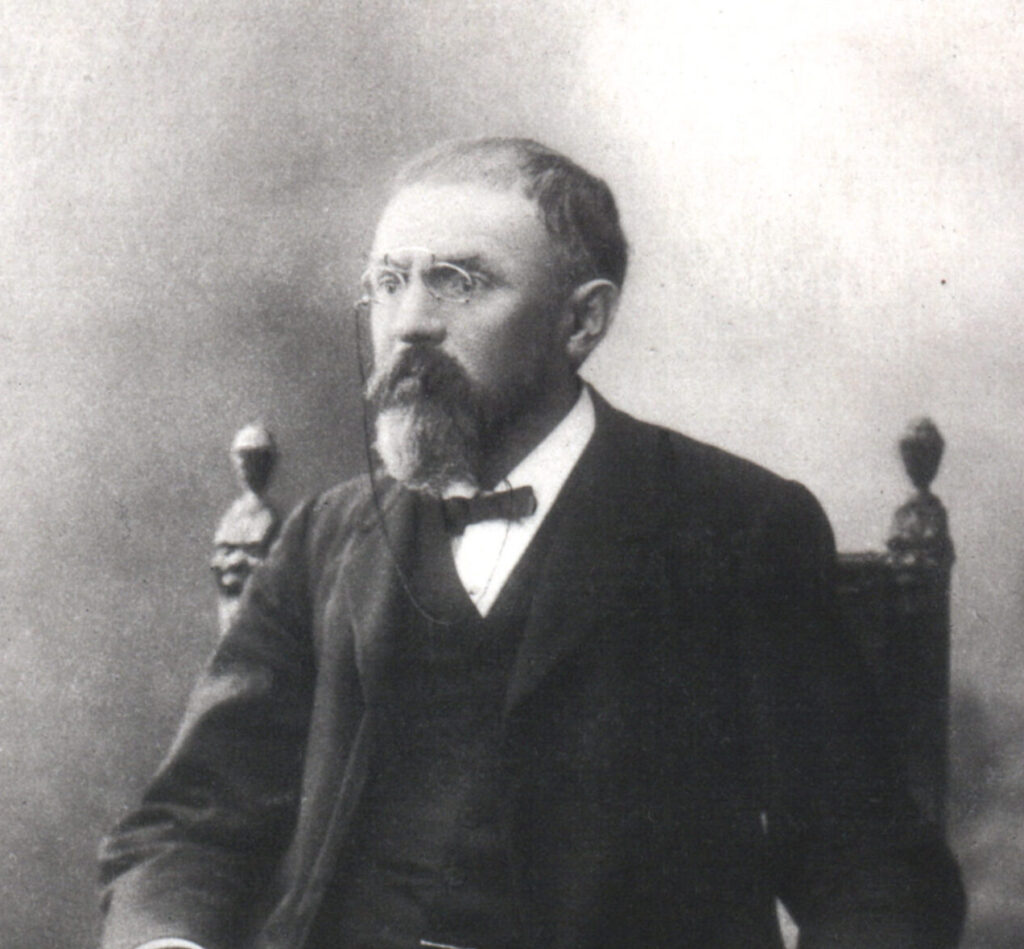
Henri Poincaré (1854-1912) excelled in all fields of Mathematics as it existed during his lifetime. Among his accomplishments in topology, he gave the abstract definition of homotopy and homology, and introduced many fundamental concepts for the study of shapes in space. He formulated the now-called Poincaré Conjecture in 1904 working on classifying manifolds when he noted that three-dimensional manifolds posed special difficulties. The problem became one of the most important questions in algebraic topology and all Mathematics for the next hundred years to come.
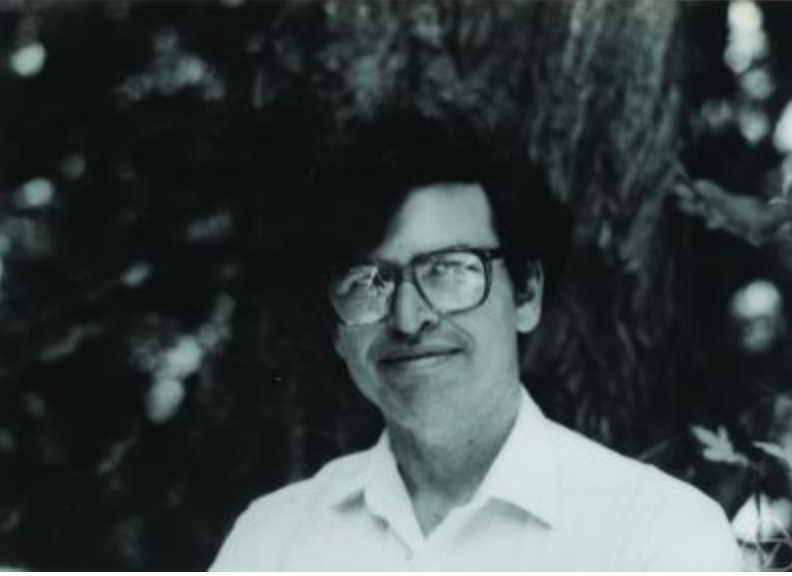
William Thurston (1946-2012) revolutionized 3-manifold theory (i.e. the theory of three-dimensional manifolds) by pointing out the importance of hyperbolic geometry in the study of three-dimensional manifolds. This new set of ideas led him to the formulation of his Geometrization Conjecture, indicating that all 3-manifolds admit a certain kind of geometric decomposition involving eight possible geometries, now called Thurston model geometries. One of these geometries in this classification is the spherical geometry, and an example here is the 3-sphere. It thus became apparent that a proof of the Geometrization Conjecture would also prove the Poincaré Conjecture as a corollary.
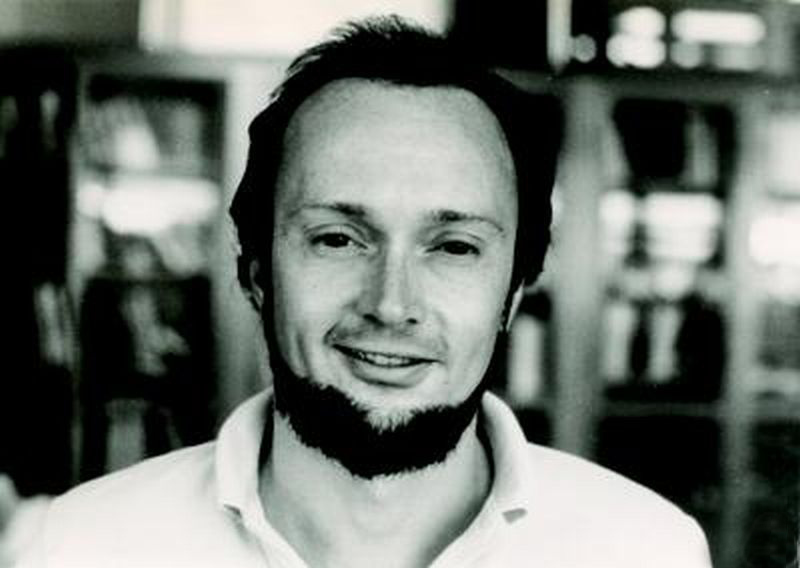
Richard S. Hamilton (1943- ) introduced a certain partial differential equation for a Riemannian metric of a manifold, which he called the Ricci flow, and used it to prove striking new results in Riemannian geometry. Following a suggestion by Sing-Tung Yau that the singularities of solutions of the Ricci flow could identify the topological data predicted by Thurston’s Geometrization Conjecture, Hamilton produced a number of profound results in the 1990s directing towards the conjecture’s final resolution.
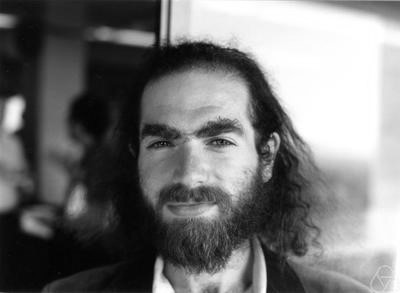
Grigori Perelman (1966- ) presented a number of fundamental new results about the Ricci flow including a novel variant of some technical aspects of Hamilton’s program, in particular constructing a Ricci flow with surgery in three dimensions by systematically excising singular regions as they develop. Subsequently, he showed that on any space satisfying the assumptions of the Poincaré Conjecture, the Ricci flow with surgery exists only for finite time, thus showing that the more subtle infinite-time analysis of Ricci flow (leading to a proof of the Geometrization Conjecture) is irrelevant for this problem. Thus, Perelman’s construction of Ricci flow with surgery established the Poincaré Conjecture as a corollary. Nonetheless, his ideas for the infinite-time Ricci flow with surgery have been completed in collective works by other mathematicians and so the Geometrization Conjecture was finally resolved as well. Perelman was awarded a Millennium Prize in 2010 for his achievements, yet he declined the award from the Clay Institute regarding that his contribution towards the solution of the problem was not greater than that of Hamilton.
A long journey is made of many steps …
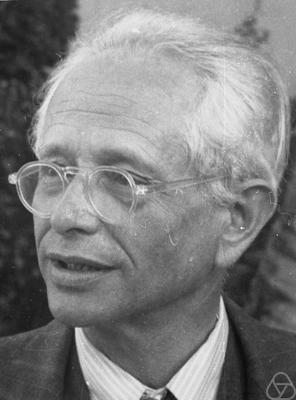
Max Dehn (1878-1952) made very important contributions to combinatorial topology, an older name for the subject of Algebraic Topology as we know it today. He worked on the problem of establishing the Poincaré Conjecture soon after this was proposed by Poincaré himself in 1904, and in 1908 he believed to have found a proof to it, however, Heinrich Tietze soon discovered an error to it. In 1910, Dehn published a seminal article in which he introduced a drilling-and-filling process today called Dehn surgery, as a method for constructing Poincaré spaces, that is, non-simply connected 3-manifolds with the same topology as the 3-sphere. He also made a statement now called Dehn’s Lemma, which was believed to be an important step in the direction of proving the Poincaré Conjecture, yet Hellmuth Kneser found a gap in the proof in 1929.
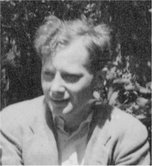
Henry Whitehead (1904-1960) is also considered among the pioneers of homotopy theory. In his efforts to prove the Poincaré Conjecture, he discovered a puzzling object, now called a Whitehead manifold. This is an open 3-manifold that is contractible but not homeomorphic to the 3-space. In fact, this discovery came out of correcting an error in an earlier article of his, where he incorrectly claimed that no such manifold exists.
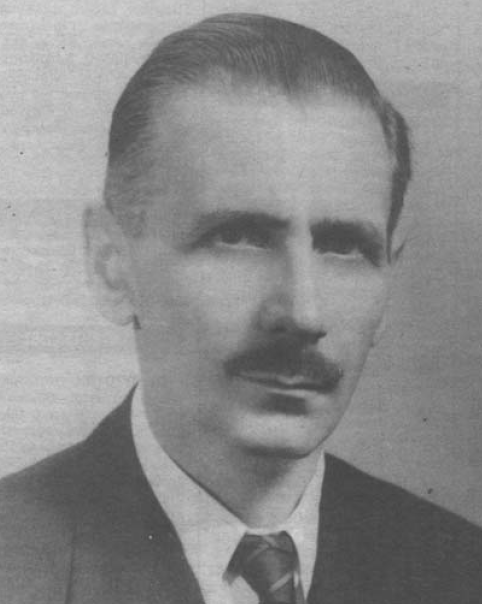
Christos Papakyriakopoulos (1914-1976) worked primarily on low-dimensional topology and concentrated on the statement of Dehn’s Lemma, which after Kneser’s discovery of a gap in its original proof, was believed by many that the statement itself might be incorrect. In 1957, Papakyriakopoulos finally gave a correct proof to Dehn’s Lemma, thus opening a new period of dramatic developments in 3-manifold theory. His proof was based on his so-called towering construction of covering spaces and, using similar methods, he also proved another important result called the Sphere Theorem. These two results, alongside with his so-called Loop Theorem proven in the same year, marked the solution of three fundamental problems in low-dimensional topology of the first half of the 20th century. Thus, many mathematicians were now hoping that a resolution of the Poincaré Conjecture was finally feasible. Papakyriakopoulos himself devoted the rest of his life exclusively to this effort, without however achieving the desired goal.
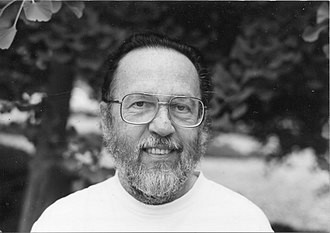
John Stallings (1935-2008) made also important contributions in low-dimensional topology and geometric group theory. In 1960, he proved the Poincaré Conjecture in dimensions greater than six, independently from and shortly after Stephen Smale established the same result in dimensions bigger than four. His famous Fibration Theorem was a valuable contribution to 3-manifold topology. Moreover, in 1965 he published a paper entitled “How not to prove the Poincaré Conjecture”. In this note, even he humorously admitted that he has drafted (though never published) an erroneous proof to the Poincaré Conjecture. Stallings gave a group-theoretic reformulation of the Conjecture, thus pointing out to subsequent studies on exploring its algebraic aspects.
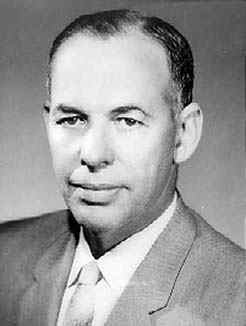
R. H. Bing (1914-1986) worked almost exclusively in 3-manifold theory and the term Bing-type topology now refers to the style of methods used by him. Bing made several major yet unsuccessful efforts towards tackling the Poincaré Conjecture, thus contributing to the reputation of the problem as a significantly hard one. He initiated research into the so-called Property P Conjecture as a potentially more tractable version of the Poincaré Conjecture. This is a statement about 3-manifolds obtained by Dehn surgery on a knot in the 3-sphere and was thought of as a first step to resolving the Poincaré Conjecture. The Property P Conjecture was finally proven in 2004 building on collective efforts by many mathematicians, just one year after Perelman announced his proof of the Poincaré Conjecture.
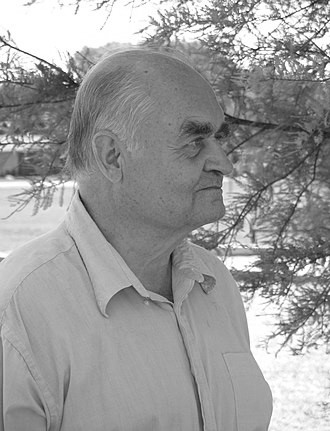
Wolfgang Haken (1928- ) made significant contributions to 3-manifold theory and is one of the pioneers of Algorithmic Topology. Within a few years of Papakyriakopoulos’ breakthrough, Haken also worked on the Poincaré Conjecture and made substantial progress in understanding quite general 3-manifolds. In particular, in 1961 Haken solved the Triviality Problem for knots, and based on that achievement, Friedhelm Waldhausen made further progress introducing the class of graph manifolds in 1967.
A great number of prominent mathematicians worked in the 1960s and the 1970s on the properties of 3-manifolds and produced several important examples that helped improve our understanding of 3-manifold theory. Inspired by these examples, William Thurston developed a rich theory of hyperbolic manifolds and formulated the definitive conjectural picture of 3-dimensional manifolds, as expressed in his famous Geometrization Conjecture and the list of eight possible model geometries associated to those. The efforts towards resolving the Geometrization Conjecture eventually became fruitful, and so the resolution of the Poincaré Conjecture became at last a reality in 2003.
Beyond three dimensions …
The Generalized Poincaré Conjecture states that a manifold which is a homotopy sphere, is, in fact, a sphere. Here by homotopy sphere we mean a closed n-manifold which is homotopy equivalent to the n-sphere. More precisely, fixing a category of manifolds among topological (Top), piecewise linear (PL) or differentiable (Diff) manifolds, the actual statement is the following:
Every homotopy sphere in the chosen category (i.e. topological manifolds, PL manifolds, or differentiable manifolds) is isomorphic in the chosen category (i.e. homeomorphic, PL-isomorphic, or diffeomorphic, respectively) to the standard n-sphere.
Note that for topological manifolds of dimension 3, a homotopy sphere is equivalent in this case to being simply connected and closed, thus the statement reduces to the classical Poincaré Conjecture. The Generalized Poincaré Conjecture is known to be true or false in a number of instances, due to the work of many mathematicians.
Here is a summary of the status of the generalized Poincaré conjecture in various settings:
- Top: true in all dimensions.
- PL: true in dimensions other than 4; unknown in dimension 4, where it is equivalent to Diff.
- Diff: false generally, true in some dimensions including 1,2,3,5, and 6. The first known counterexample is in dimension 7. The case of dimension 4 is equivalent to PL and is unsettled as of 2022.
The cases n = 1 and 2 have long been known by the classification of manifolds in those dimensions.
For a PL or smooth homotopy n-sphere Stephen Smale proved in 1960 for dimensions n greater than or equal to 7 that it is homeomorphic to the n-sphere and subsequently extended his proof to n greater than or equal to 5. Shortly after the announcement of Smale of this result, John Stallings gave a different proof for dimensions at least 7 that a PL homotopy n-sphere was homeomorphic to the n-sphere, using the notion of engulfing. In 1961, Christopher Zeeman modified Stallings’ construction to work in dimensions 5 and 6. Michael Freedman solved the topological case in 1982 for n = 4. The hardest case has always been the classical Poincaré Conjecture in the n = 3 situation, in which the topological, PL and differentiable cases all coincide; this was settled after the work of Perelman in 2003 as we have seen.
Read more
- Milnor, J. (2003). Towards the Poincaré conjecture and the classification of 3-manifolds. Notices AMS, 50 (248), 1226-1233.
- Morgan, J. and Tian, G. (2007). Ricci flow and the Poincaré conjecture. Clay Mathematics Monographs 3. American Mathematical Society, Providence, RI; Clay Mathematics Institute, Cambridge, MA, xlii+521 pp.
- Morgan, J. and Tian, G. (2014). The Geometrization Conjecture. Clay Mathematics Monographs 5. American Mathematical Society, Providence, RI; Clay Mathematics Institute, Cambridge, MA, 2014. x+291 pp.
- O’Shea, D. (2007). The Poincaré conjecture. In search of the shape of the universe. Walker & Company, New York, x+293 pp.
Disclaimer: All pictures on this page have been taken from Wikipedia.